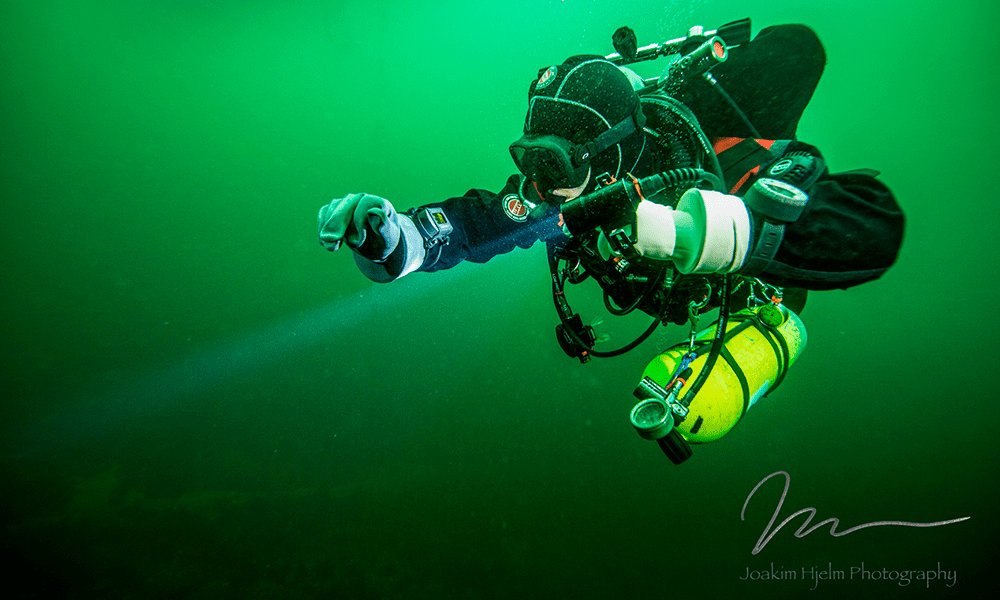Which leads to... why not 80/80? How high is too high? We actually don't really know, and it probably varies by the day and diver. I'm sure we would all like to know.
Good questions, and your main point is correct--we really don't know.
Buhlmann did many, many years of research to come up with his tables, and his tables are in the range of others who did many, many years of study, going back more than 100 years. If you just followed pure Buhlmann, you should be OK; at least, that's what his research says.
But when deep stops became the rage about 20 years ago, RGBM and (especially) VPM became the most popular algorithms, and they had first deco stops that were far deeper than Buhlmann. In order to mimic those deep stops, gradient factors were created for Buhlmann. People were using Buhlmann with GF lows of 20 to match the more radical of the deep stop algorithms.
Then the first attempts to study deep stops came out and they were not favorable. It appeared that those stops were too deep. So now people are still doing first stops deeper than Buhlmann envisioned, but not as deep as was popular in the deep stop heyday.
What research supports the modern diver's use of GFs to define a first stop depth? If there is any, I don't know about it.
One of the problems is that we don't have a good way of testing. The NEDU test had divers get DCS. That is not going to be used as a metric today. The Spisni study found excess inflammation in the deeper stop divers--and that was in comparison with a relatively deep Buhlmann, and under test conditions that should have favored the deep stop divers. That kind of metric probably won't be used. Bubble imaging is the most popular method of studying today, but that is not a really good measure because although high bubble scores are commonly found in people who get DCS, they are also commonly found in people who don't get DCS. There seems to be some correlation, but the exact nature is unproven.
The final reason we aren't seeing studies is a simple one--what we have now, for both decompression dives and recreational dives, seems to be working reasonably well. DCS rates are very low. This lessens the urgency of creating such a study.






